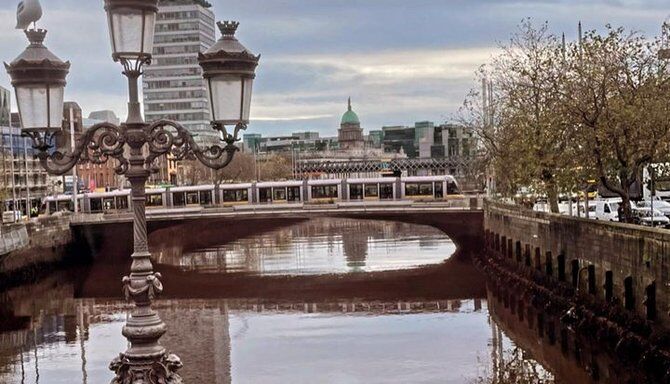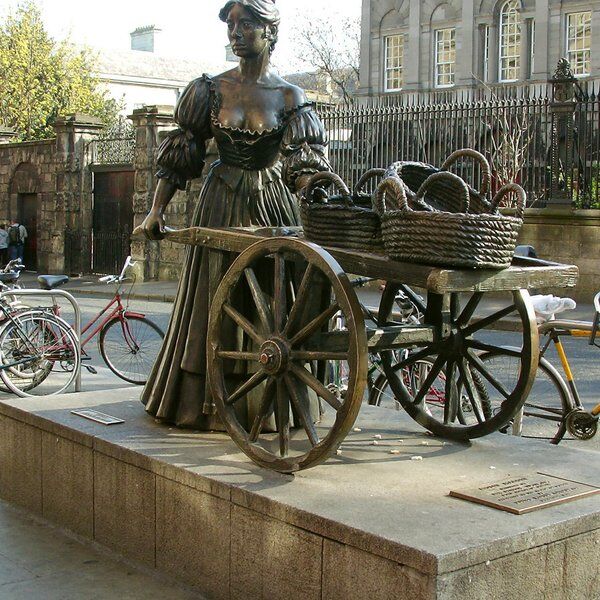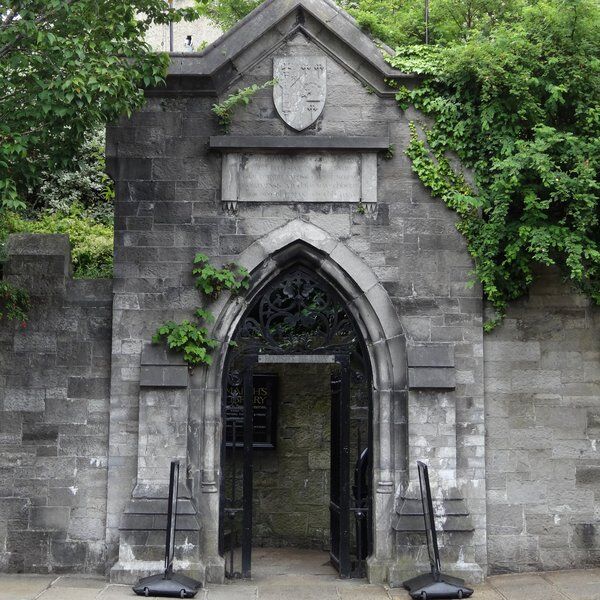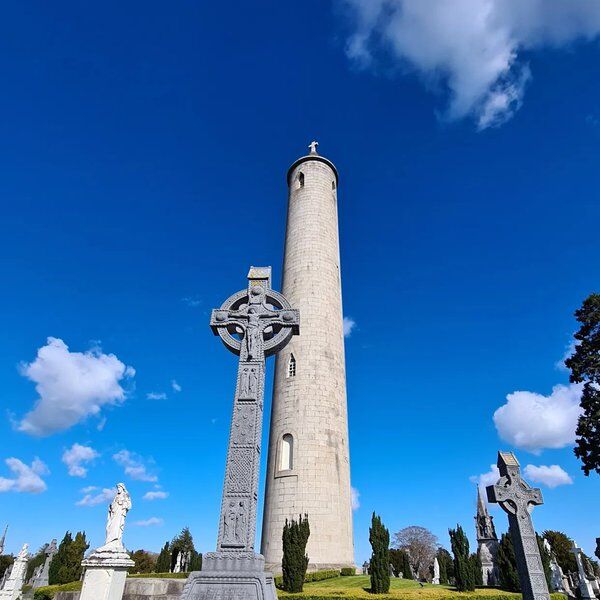Spanning the River Liffey in central Dublin, O’Connell Bridge – formerly Carlisle Bridge – is a flat bridge supported by three arches. It was built between 1791 and 1794 to form part of a main axial road connecting North and South Dublin. And was originally named for the then Lord Lieutenant of Ireland – Frederick Howard, the 5th Earl of Carlisle.
O’Connell Bridge's Predecessor
Originally, Dublin’s city centre lay in the heart of the western Mediaeval Quarter. But towards the late 18th century this was becoming less favourable.
In 1780, the Chief Commissioner, John Beresford was one such person who favoured a relocation of the city centre, and the construction of a bridge to link North and South Dublin.
Beresford drove the eastward expansion when he helped smuggle the architect James Gandon into Dublin, in 1781. Gandon built the new Custom House, which upon its completion in 1791 sparked the sanctioning of the Carlisle Bridge. Together they represented the inevitability of Dublin’s eastward shift.
Constructing the First O’Connell Bridge
After its sanctioning, a simple Gandon design was agreed upon for the Carlisle Bridge. This was adopted in favour of a previous, expensive option that consisted of a central arch, colonnaded walkways, and an equestrian statue of the King.
Carved from durable Portland stone and granite, the Bridge’s keystone – resting between the two centre-most arches – boasted a carving by Edward Smyth of Anna Liffey.
Once complete, crossing the Carlisle Bridge became the most fashionable route to take through the city. But it wasn’t long before the bridge had been reduced to a ‘tottering edifice’ and was in desperate need of replacement.
Reconstructing the O’Connell Bridge
By 1852, the Carlisle Bridge was considered “the most dangerous bridge in the empire.” Several plans had been proposed throughout the 19th Century to widen the bridge, but it wasn’t until 1877 that reconstruction began.
Designs were led by engineer Bindon Blood Stoney and construction cost just over £70,000. Stoney sought to replicate the Carlisle Bridge, using the same materials and retaining its arches, but improve on it by widening and lowering its gradient. Today the O’Connell Bridge is famous for being as wide as it is long.

Four ornamental lamp standards on each parapet and three on the central footpath radiated Parisian chic. There were also new balustrades and keystones designed by Charles V. Harrison, depicting Anna Liffey gazing west and the Atlantic looking towards the ocean.
Intelligently, Stoney partially erected the new bridge on either side of the Carlisle Bridge, which remained open to traffic. Then the old bridge was demolished and replaced with what is today, the centre part of the O’Connell Bridge.
Renaming the Carlisle Bridge
After reconstruction the Carlisle Bridge was reopened as O’Connell Bridge, for the liberator Daniel O’Connell. But this was faced with opposition.
Concealed beneath O’Connell Bridge’s name plaque, is a sliver of Aberdeen marble that reads: ‘Carlisle Bridge, Built 1794, Rebuilt 1880’. It was inscribed by Dublin Port and Docks Board, who refused to move it even though rights to rename the Bridge had been granted to the Dublin Corporation.
The Corporation wanted to go as far as painting O’Connell on every stone and lamppost on the bridge. But they settled for a new plaque to cover the marble one after the Lord Mayor declared the ‘O’Connell Bridge’ officially open, in August 1880.
Today the Bridge is accompanied (and watched over) by a huge iconic statue of O’Connell for good measure.
Our thoughts…
Since its creation, the O’Connell Bridge has implicated itself in Irish history as more of a destination, than a bridge. A place from which gallows were erected to hang rebels in 1798; O’Connell could preach; gunfire rang out during the War of Independence and the Civil War; the leaders of 1916 could pass along; the final address of the Eucharistic Congress could be given in 1931; tourists can gather and gawk.
Today, no matter how many bridges adorn the River Liffey, the O’Connell Bridge remains at the heart of the Irish peoples and is a considerably important and popular tourist hotspot.
Want to learn more about Dublin and see some of it's secret & hidden sights? Check out our Dublin Treasure Hunts, puzzle-filled urban adventures lead you through city highlights and best-kept secrets. You'll actively engage with your surroundings to unravel the clues sent directly to your phones. Take optional breaks at great cafes & pub stops and enjoy the city's finest.









